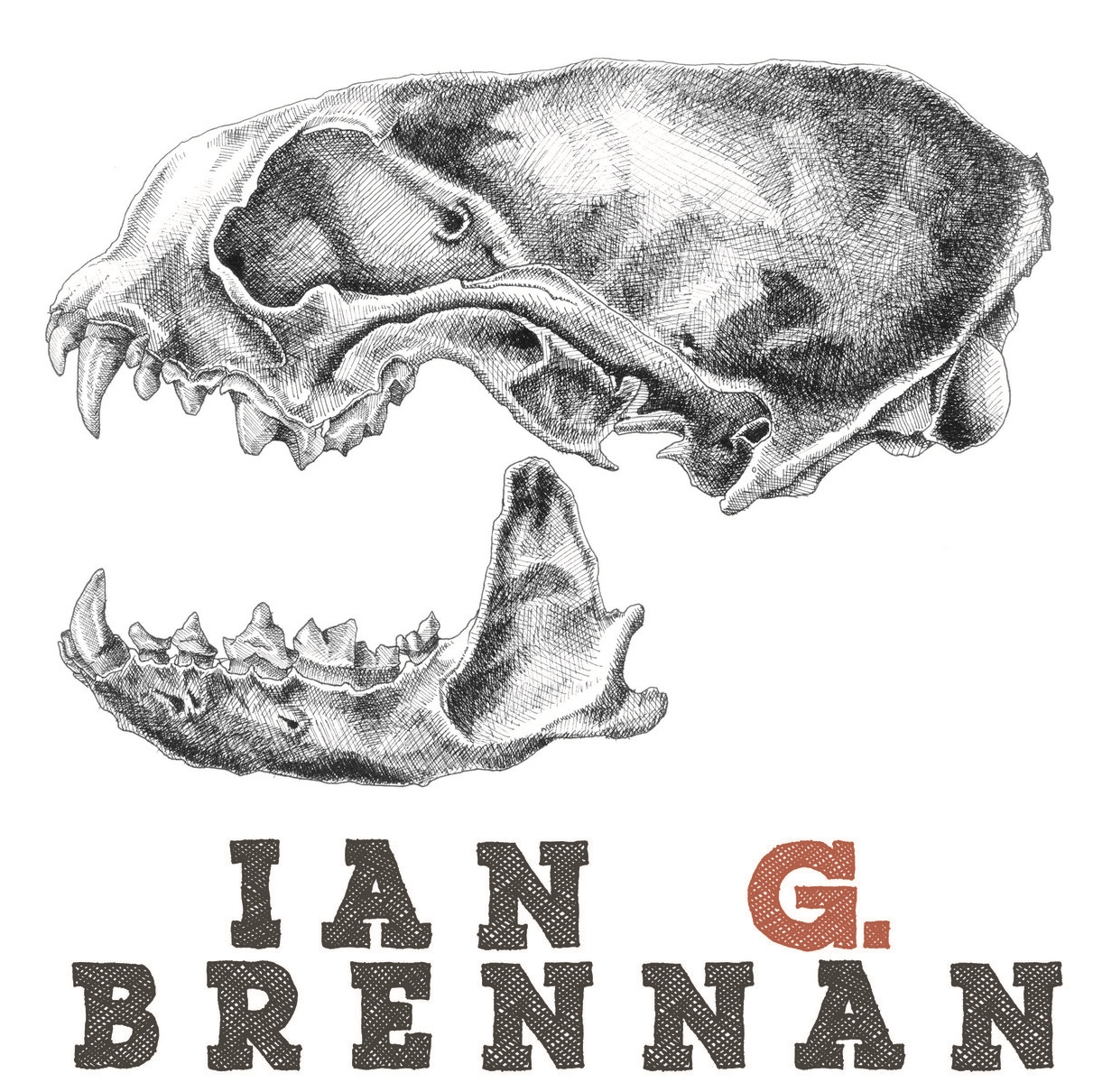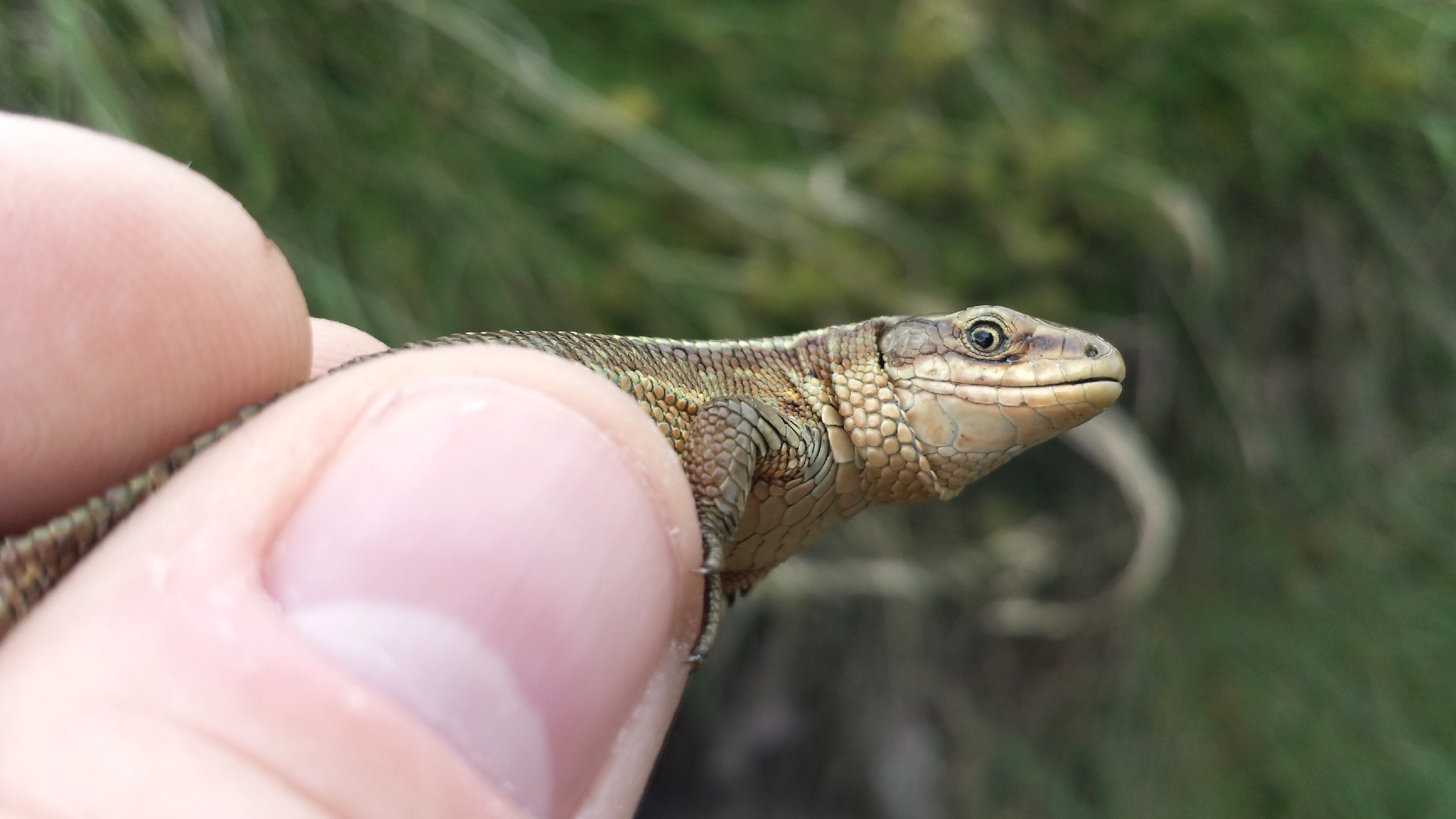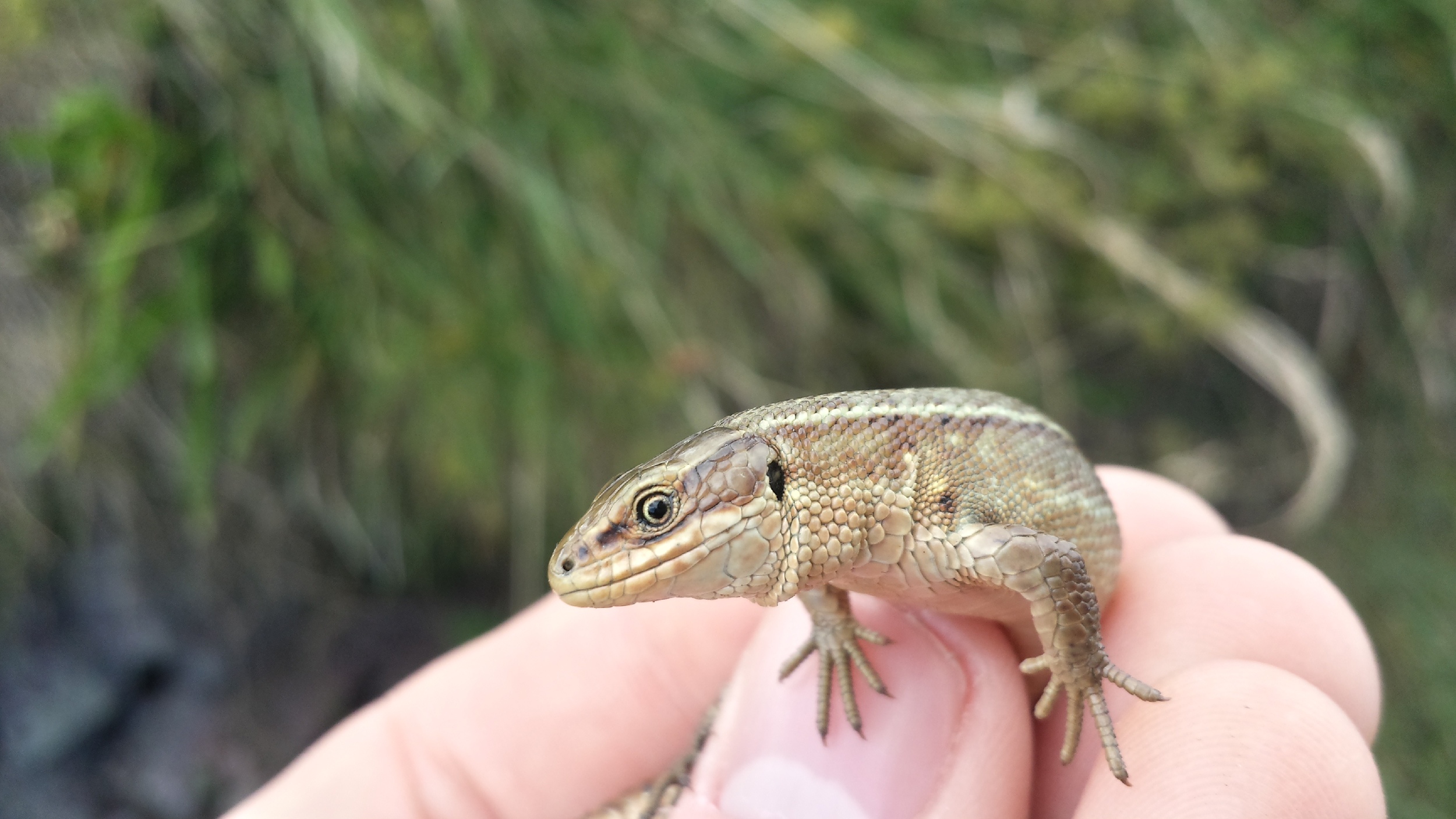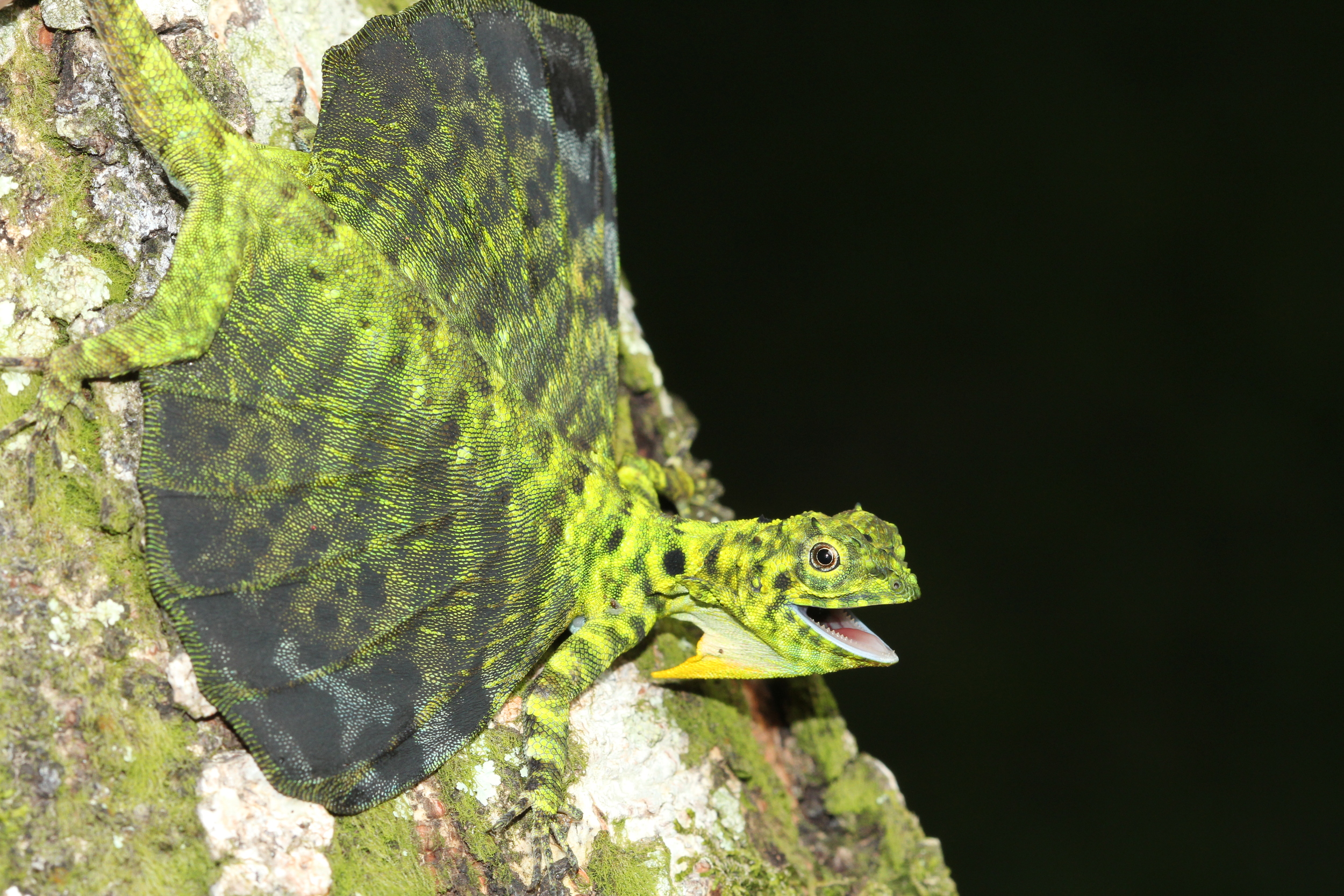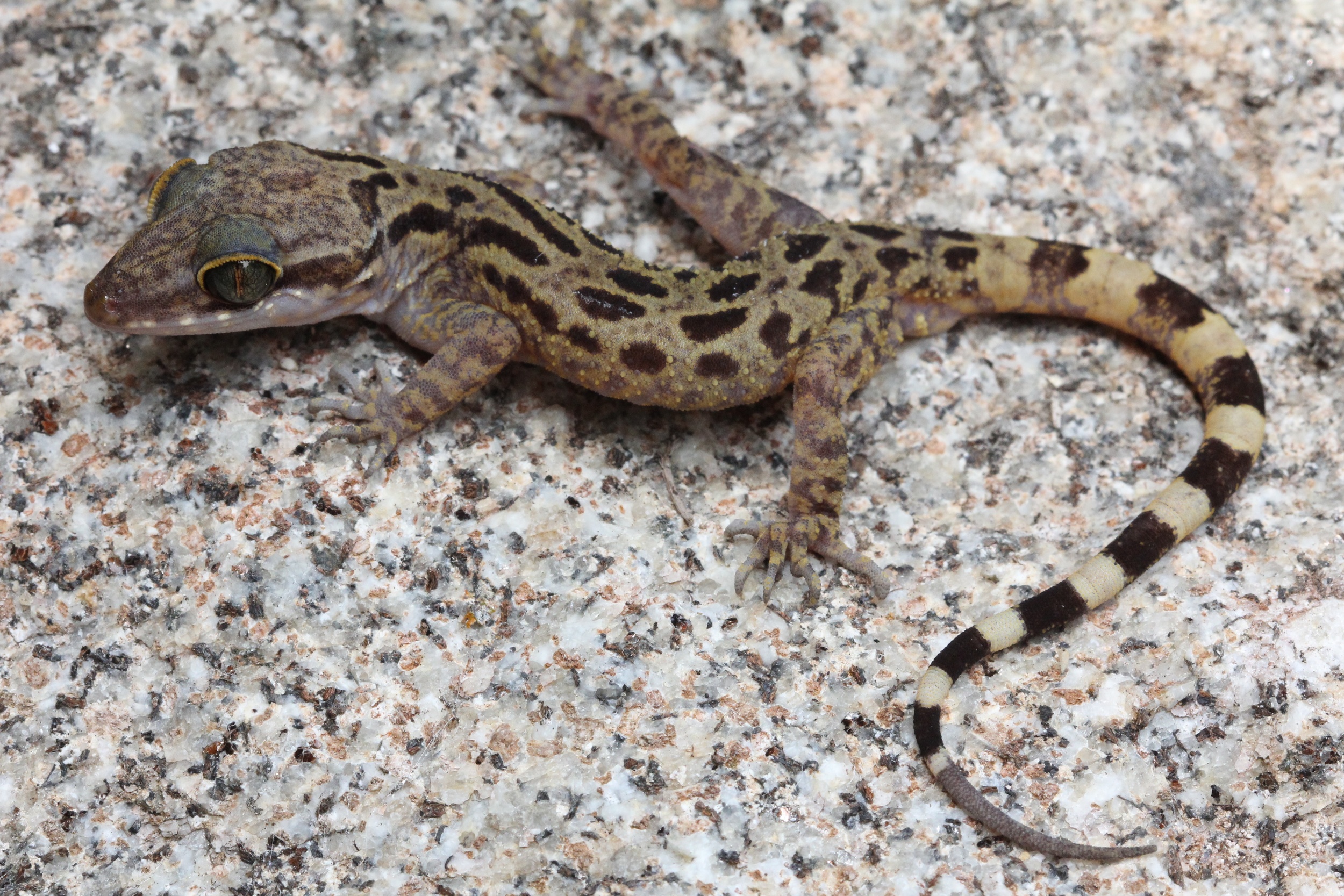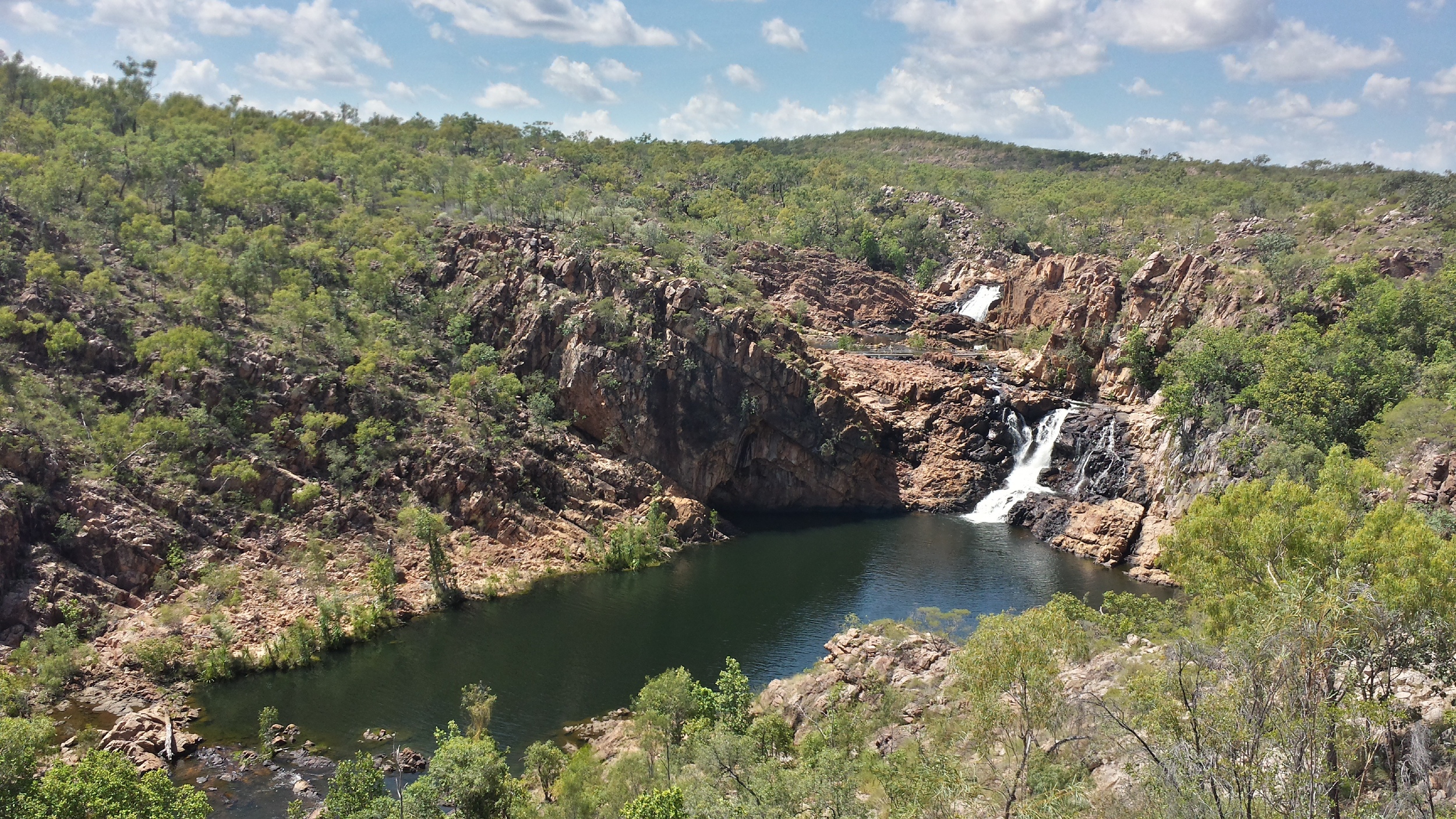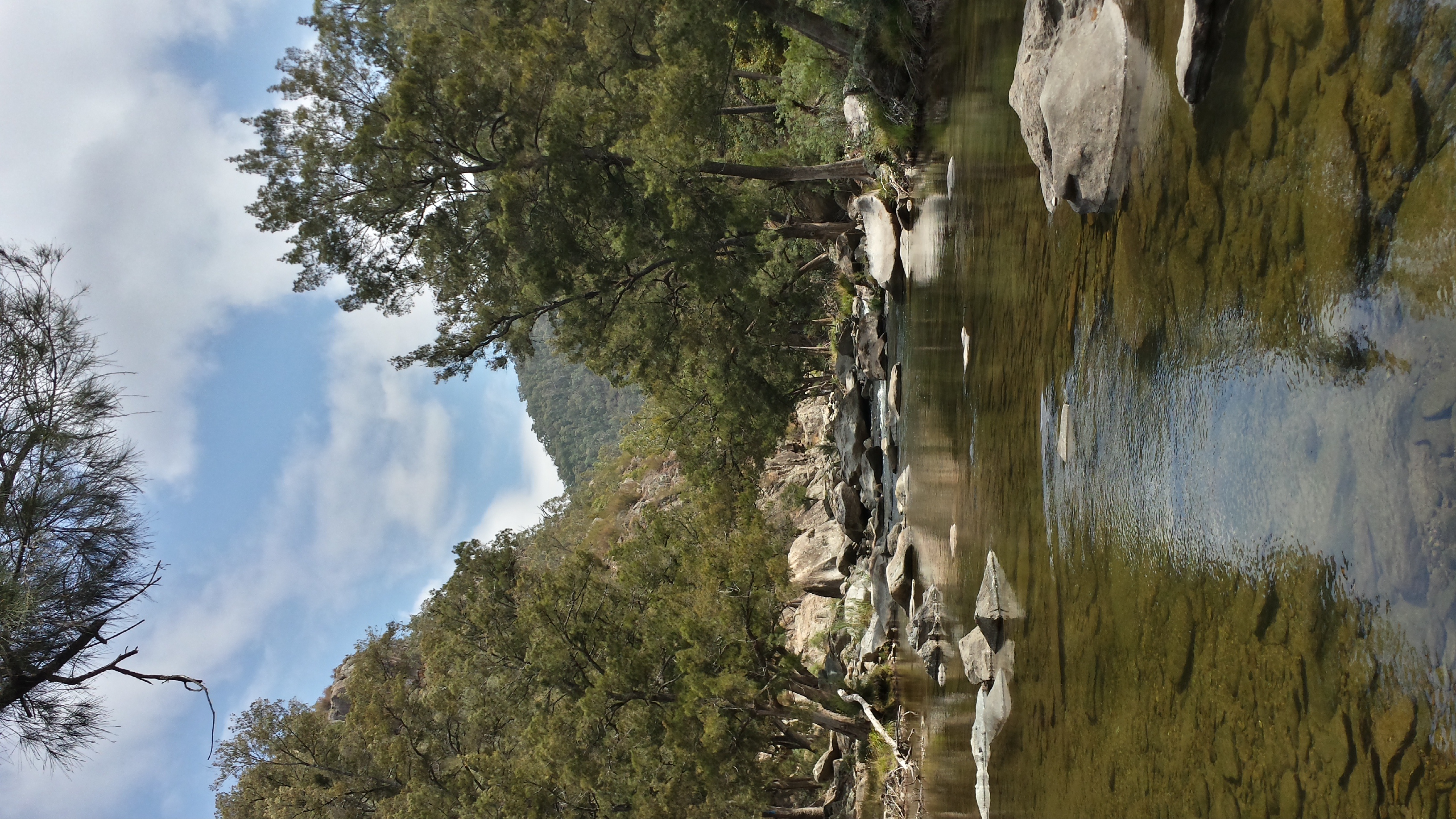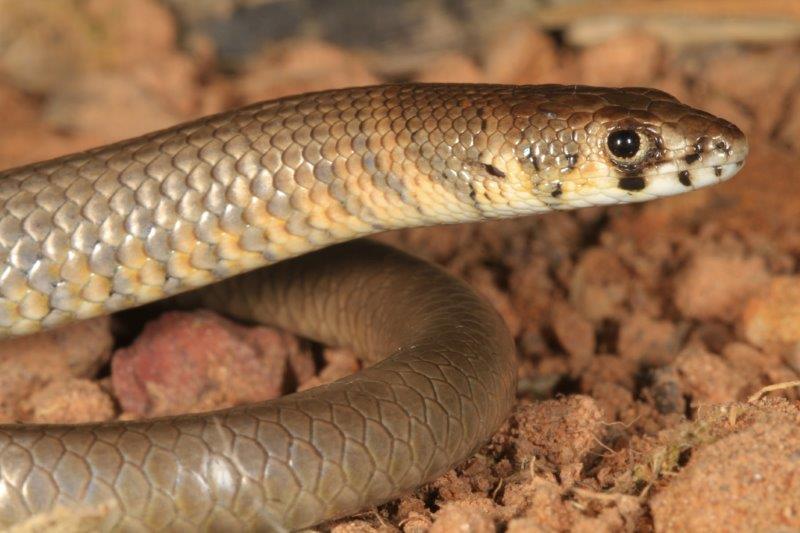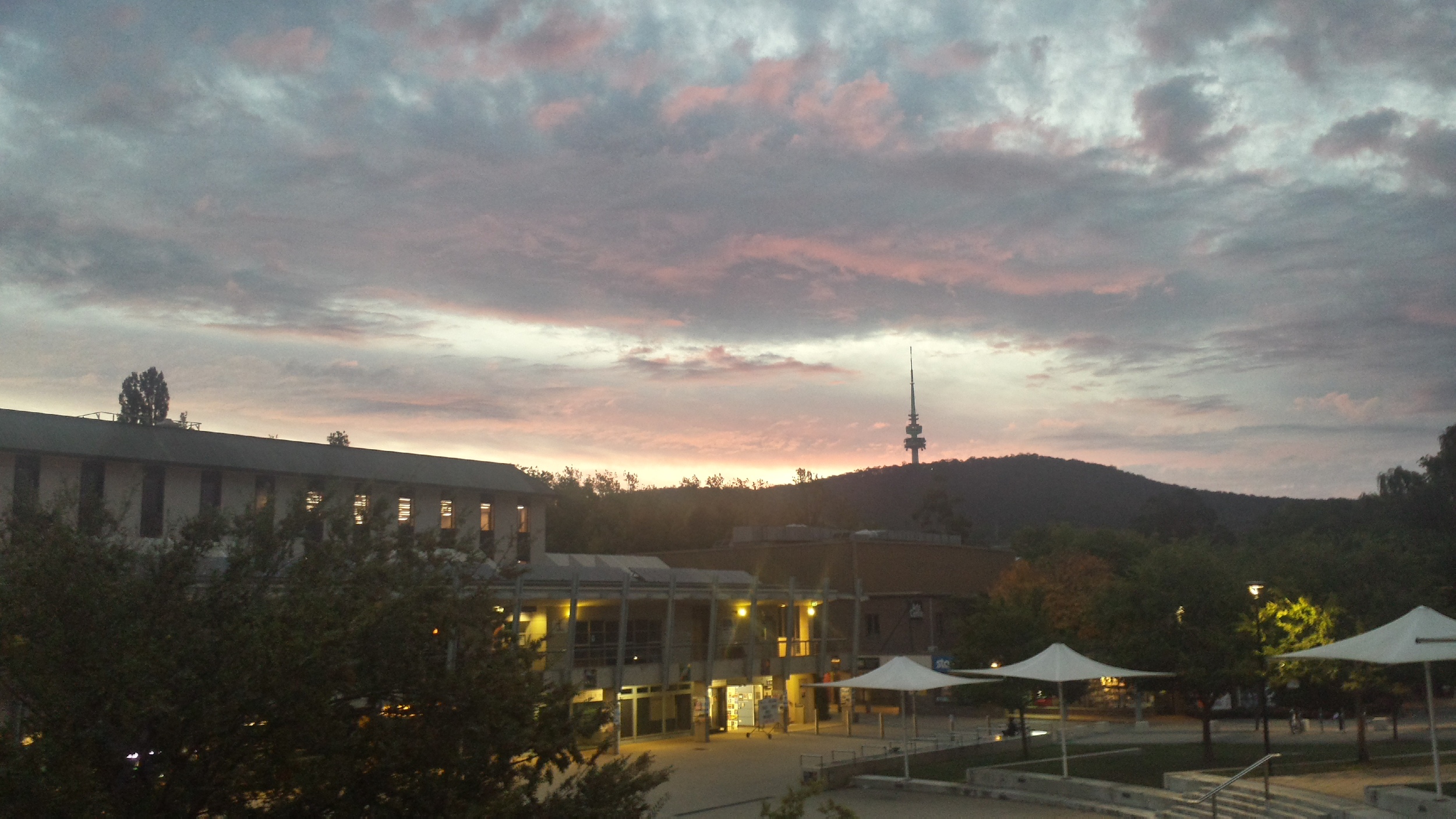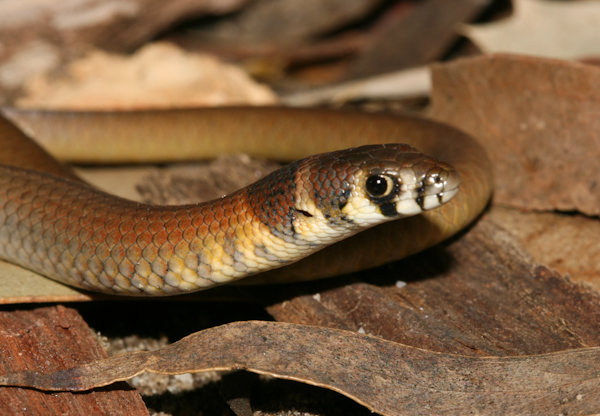Friends, meet Dixonius taoi
I'm pleased to introduce our newest contribution to gekkotan systematics, Dixonius taoi, a small (max 44mm SVL) island inhabitant of Vietnam. Tao's gecko, named in honor of Dr. Nguyen Thien Tao of the Vietnam National Museum of Nature in Hanoi, is restricted to Phu Quy Island, approximately 100km off the Vietnamese coast. Members of the genus Dixonius are small, nocturnal insectivores, with terminal toe-pads and the general gecko physique; making Dixonius taoi a real gecko's gecko. Recognition of this new species brings the genus up to six species, distributed across Vietnam, Laos, Cambodia, and Thailand. However, our molecular results suggest there may be additional cryptic lineages worthy of description, so keep your eyes out.
Perhaps more interesting than Dixonius alone is the relationship between Dixonius and their closest relatives Heteronotia and Nactus. Despite looking extremely similar at a quick glance, Dixonius and Heteronotia differ in one key characteristic: the presence (Dixonius) and absence (Heteronotia) of toe pads. Heteronotia, the sister taxon to Dixonius, is an Australian endemic lineage that has undergone an incredible radiation across that continent. Heteronotia binoei, which is commonly thought of as Australia's most common gecko, alone may harbour as many as 20+ species-level lineages as a result of varying chromosome ploidy levels, parthenogenetic (all female virgin-birth) populations, and severe geographic fracturing across the Australian landscape (Fujita et al., 2010). The disparity in species richness between the sister genera Dixonius and Heteronotia, and the geographic gap between them make these geckos particularly interesting to study.
Botov, A., Phung, M.T., Nguyen, T.Q., Bauer, A.M., Brennan, I.G., Ziegler, T. 2015. A new species of Dixonius (Squamata:Gekkonidae) from Phu Quy Island, Vietnam. Zootaxa 4040-1: 048-058. Download.
Fujita, M.K., McGuire, J.A., Donnellan, S.C., Moritz, C. 2010. Diversification and persistence at the arid-monsoonal interface: Australia-wide biogeography of the Bynoe's gecko (Heteronotia binoei; Gekkonidae). Evolution 64-8: 2293-2314. Download.
